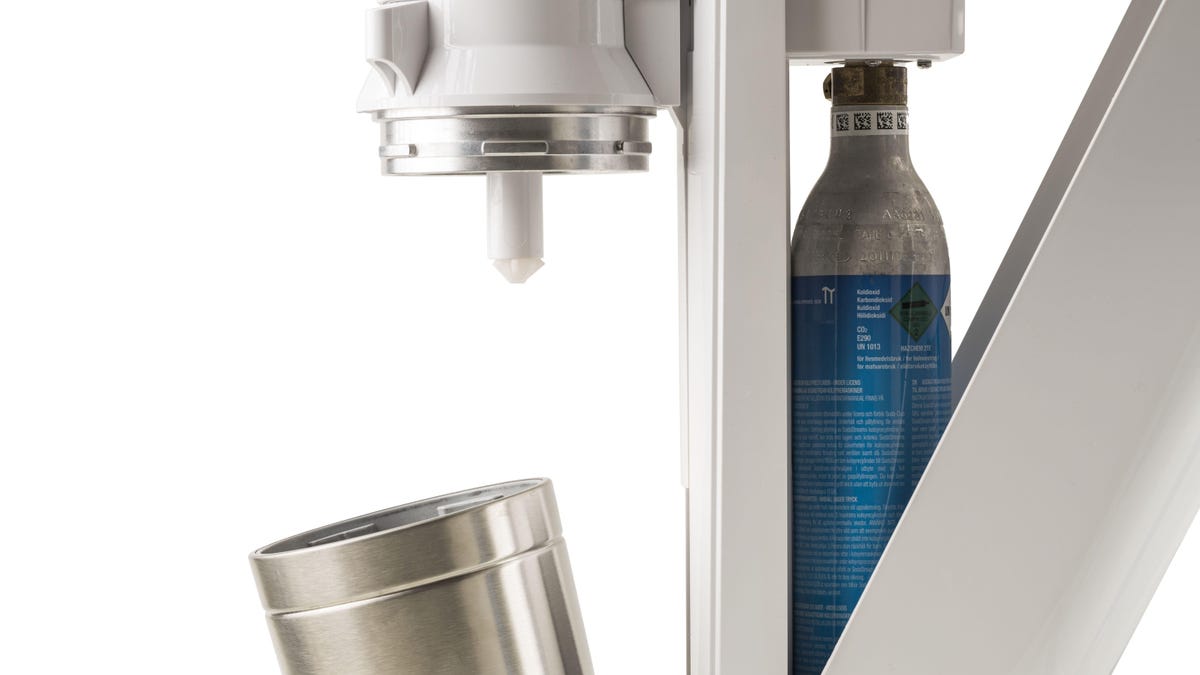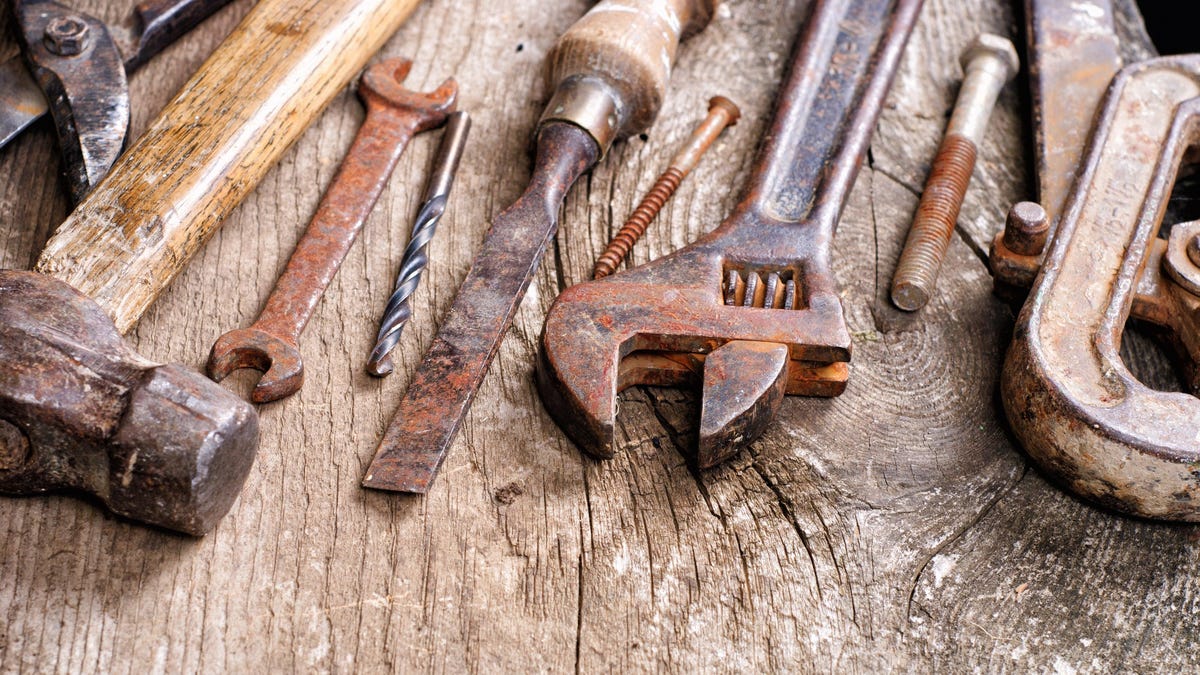What to Do When You Think Your Teenager Is in an Unhealthy Relationship
Most teen dating relationships are filled with their share of drama and turmoil, but a recent study suggests your teenager might be more at risk of getting stuck in an unhealthy relationship than you thought. The Centers for Disease...


Photo: Antonio Guillem (Shutterstock)
Most teen dating relationships are filled with their share of drama and turmoil, but a recent study suggests
your teenager might be more at risk of getting stuck in an
unhealthy relationship than you
thought. The Centers for Disease Control conducted a survey in 2019 that
found
1 in 12 teens experienced physical and/or sexual violence within a
romantic relationship
.
And this data is a few years old—s
tudies around the globe are showing that intimate partner violence is on the rise since the start of the
pandemic. Even if your child isn’t in a physically abusive situation, they may be in an emotionally abusive
one, which can be harder
to spot. Here are some
warning signs to look out for,
and information on how to help when
you suspect your teen is in an unhealthy or abusive relationship.
Red flags to watch out for in a teen’s relationship
To the extent you are able to observe the relationship in action, you may be able to see the red flags for yourself. “While there is no one behavior suggestive of abuse, there are a number of ‘red flags’ of unhealthy relationships,” says Dr. Fatima Watt, PhD, a psychologist with Franciscan Children’s Hospital.
These might include a relationship that contains one or both partners who display or engage in:
Obsession beyond the usual teenage intensity Manipulation, betrayal, or sabotageExcessive jealousy, possessiveness, or controlling behavior Unexplained bruises or injuriesIsolation, spending time with only each other Humiliation, name-calling, criticism Deflecting responsibility Excessive gift-giving or “grand gestures” Invasions of privacy in real life or online such as monitoring of activities through social media, cell phones, or stalkingG/O Media may get a commission
Of course, it’s likely you won’t be able to observe any of that behavior directly, or will only get bad vibes. You’re more likely to notice changes within your child’s mood or behavior, such as:
Depression or anxiety symptoms, including suicidal ideationRisky behavior like a new or increased use of drugs, tobacco, or alcoholAntisocial behaviors like lying, hitting, bullying, or stealingBesides the fact that you don’t want your child to suffer now, helping them identify and work through these conflicts will help them learn those important skills early. The CDC says people who are victims of domestic violence when they are young are more likely to be re-victimized when they are older.
Talk to your teen if you suspect something is up
The tricky thing with adolescents is that sometimes simply talking to them about your concern is a good way to alienate them, meaning you might not get a chance to address the problem again. Watt says one way to prevent this is to have conversations about consent and what a good relationship looks like early and often. “It is important to start conversations around healthy dating before your child is involved in a relationship. Discussions around boundaries and respect can begin at an early age,” she says.
If you are already concerns and want to raise them with your teen, she advises you, “approach your teen in a non-confrontational manner, sharing your concerns rather than lectures, threats, or statistics. Saying, ‘I’ve noticed that…’ can help you start the conversation, but do not force an immediate response.” Your child may or may not be responsive this first time, so, “keep in mind these conversations may be needed on multiple occasions over time, rather than all at once,” she adds. Hopefully they will notice you care, and will also start to see those signs for themselves.
Bring in outside help
Strife in a volatile relationship can escalate quickly and have dire consequences. “If you are concerned that your teen is in danger,” Watt says, “it is important to seek outside help right away. For physical or sexual violence of any kind, call 911 and seek resources to develop a safety plan.” For non-emergent issues, talk to your family doctor or pediatrician for recommendations or referrals to local resources, including counseling or other forms of support.
The National Domestic Violence Hotline is an option. It can be reached by telephone 24/7 at 800-799-7233 or by texting START to 88788. Interpretation is available in over 200+ languages. (Again, if you or a loved one are in immediate danger, call 911 right away.)
Another helpful resource is the One Love Foundation, an inclusive non-profit organization committed to ending relationship violence. Check out their resources on both what an unhealthy relationship looks like and how to get out of one—but also their examples of what a healthy one looks like, and how to set appropriate boundaries and establish clear lines of communication.
For additional information and resources, also check out the CDC’s Fast Facts: Preventing Teen Violence.

 Koichiko
Koichiko 






























